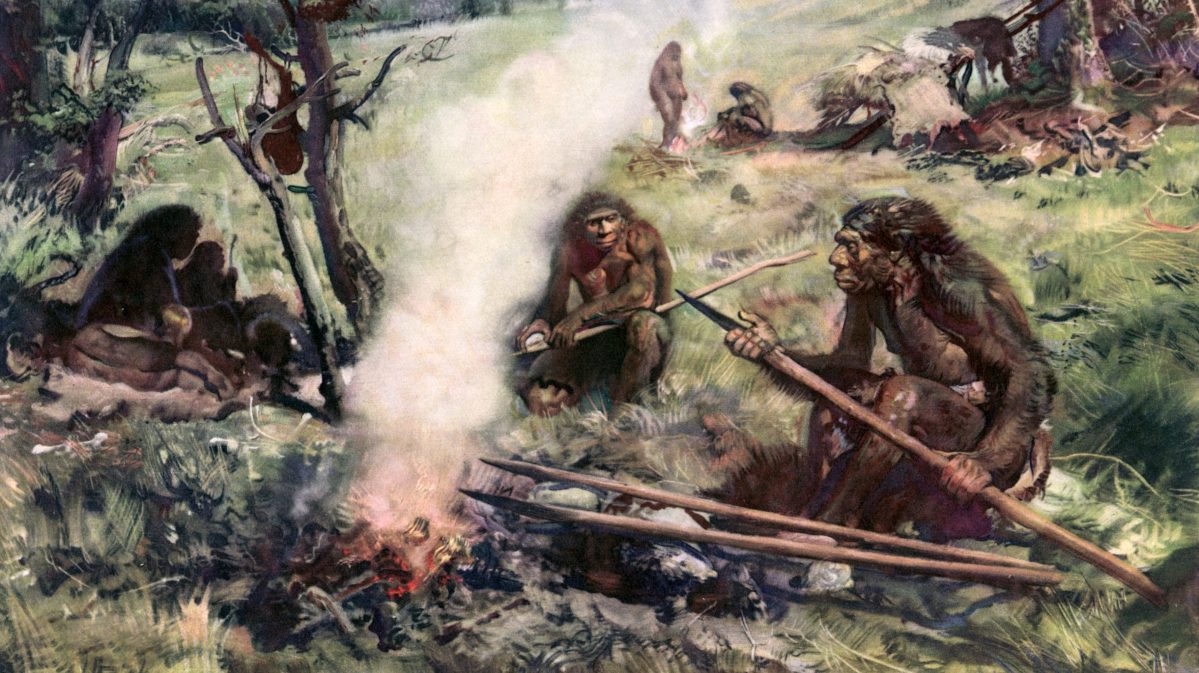A new technique that is much faster than sequencing DNA called ZooMS is being used by archaeologists to identify bones. Using a drill, scientists extract a tiny chip from each bone, which they treat with chemicals that pull out a highly abundant protein called collagen. Then, they use an enzyme that cuts the collagen into pieces, explains The Atlantic, and they weigh those pieces with a mass spectrometer, another instrument. Those measurements are then compared against a reference database of collagens from other animals.
Unlike DNA sequencing, ZooMS cannot identify particular species, but it can tell if a bone belonged to a marine mammal, or a sheep, or a great ape, which is sometimes all the scientist needs. It costs a fraction of DNA sequencing and is very fast, which means researchers can do several hundred bones in a week.
New tiny hominin bone from #DenisovaCave we just discovered with #FINDER_Project & @PalaeoTwit using #ZooMS! Who can it be? Maybe Denny’s little bro?! We’ll know soon when #aDNA #radiocarbon & further analyses are finalised. @MPI_SHH @IAET_SBRAS__NAP @ERC_Research @tommyhigham pic.twitter.com/Xdhkjk0UlC
— Katerina Douka (@Katerina__Douka) September 11, 2018
In 2015, a master’s student started to use ZooMS on a “massive one-liter bag of fragmented bones.” Samantha Brown drilled 1,227 fragments from the Denisova Cave, a site high up in Siberia’s Altai Mountains, before she got a hominin hit. She sent that sliver out to get DNA sequenced. It was concluded that the bone came from a Neanderthal. But it was later discovered that the bone contained Neanderthal and Denisovan DNA. The team announced the discovery in August, and it quickly became onE of the most startling finds of the year.
Thanks for reading InsideHook. Sign up for our daily newsletter and be in the know.


















